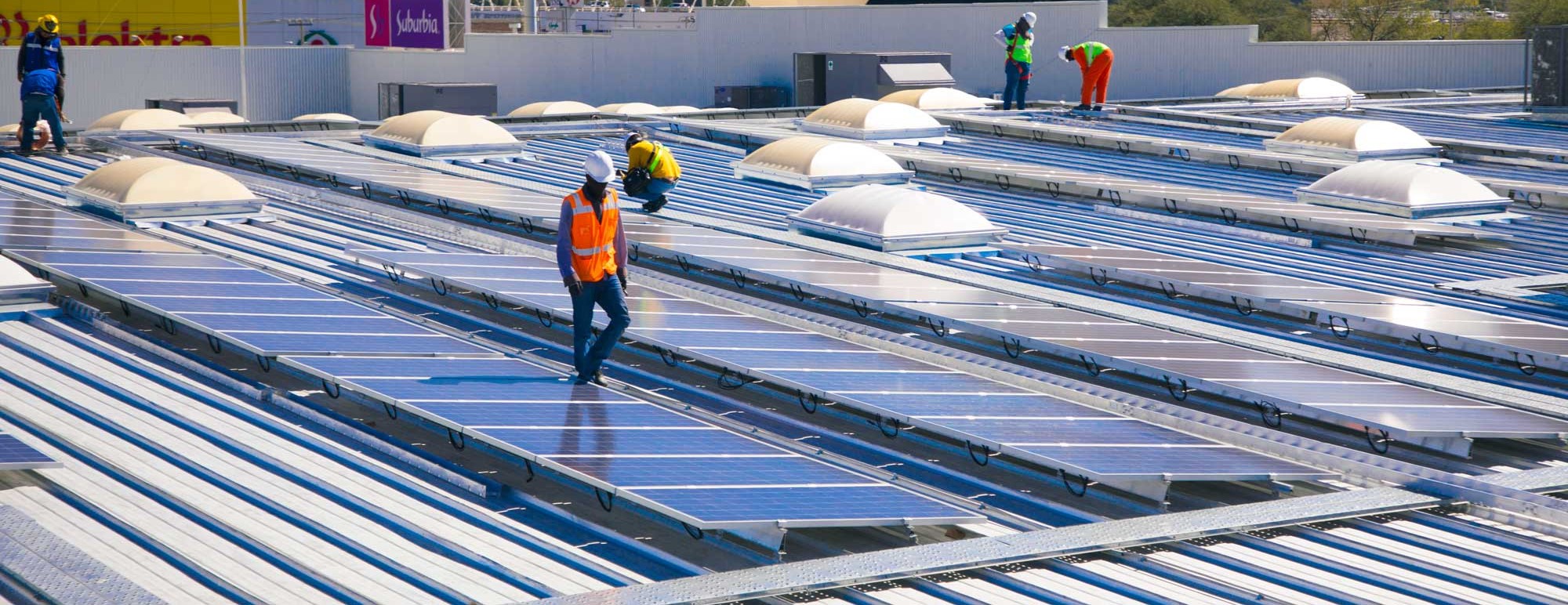
Solar Cell Efficienty: N type solar cells
When it comes to material for making solar cells, silicon is the most bodacious of all the elements. Its market share is an excellent circa 97%1. If you want solar PV, there is next to no choice other than silicon. However, there is more than one type of silicon cell, which is fortunate for people who enjoy faffing about when deciding what to buy.
Many people are aware silicon solar comes in a choice of two non-delicious flavours — monosilicon and polysilicon. Or monocrystalline silicon and polycrystalline silicon for people who totally have the time to pronounce the extra syllables. Monosilicon cells are more efficient, but polysilicon is cheaper. The battle between photonic and economic efficiency has roughly split world production between the two.
But there is another choice very few people are aware they are making, but it occurs when they select high end, high efficiency, solar panels that use N-type solar cells over panels that use the much more common, but lower efficiency, P-type solar cells.
If you are wondering what the differences between P-type and N-type solar cells are, that’s a really most excellent occurrence, because that’s what this article is all about.
A conventional crystalline silicon (c-Si) solar cell is a silicon wafer doped with various chemicals to encourage power production. The main difference between p-type and n-type solar cells is the number of electrons. A p-type cell usually dopes its silicon wafer with boron, which has one less electron than silicon (making the cell positively charged). An n-type cell is doped with phosphorus, which has one more electron than silicon (making the cell negatively charged).
On June, FutureSolar Group launches it's newest N-type solar module which reaches to a 24.13% efficiency.© Copyright: 2025 FUTURESOLAR GROUP CO LTD. All Rights Reserved.

IPv6 network supported
Friendly Links :
Grdmount SUNPLUS Sendsheensolar Solar Mounting Bracket Higonsolar Sunevosolar Unitedpvsolar